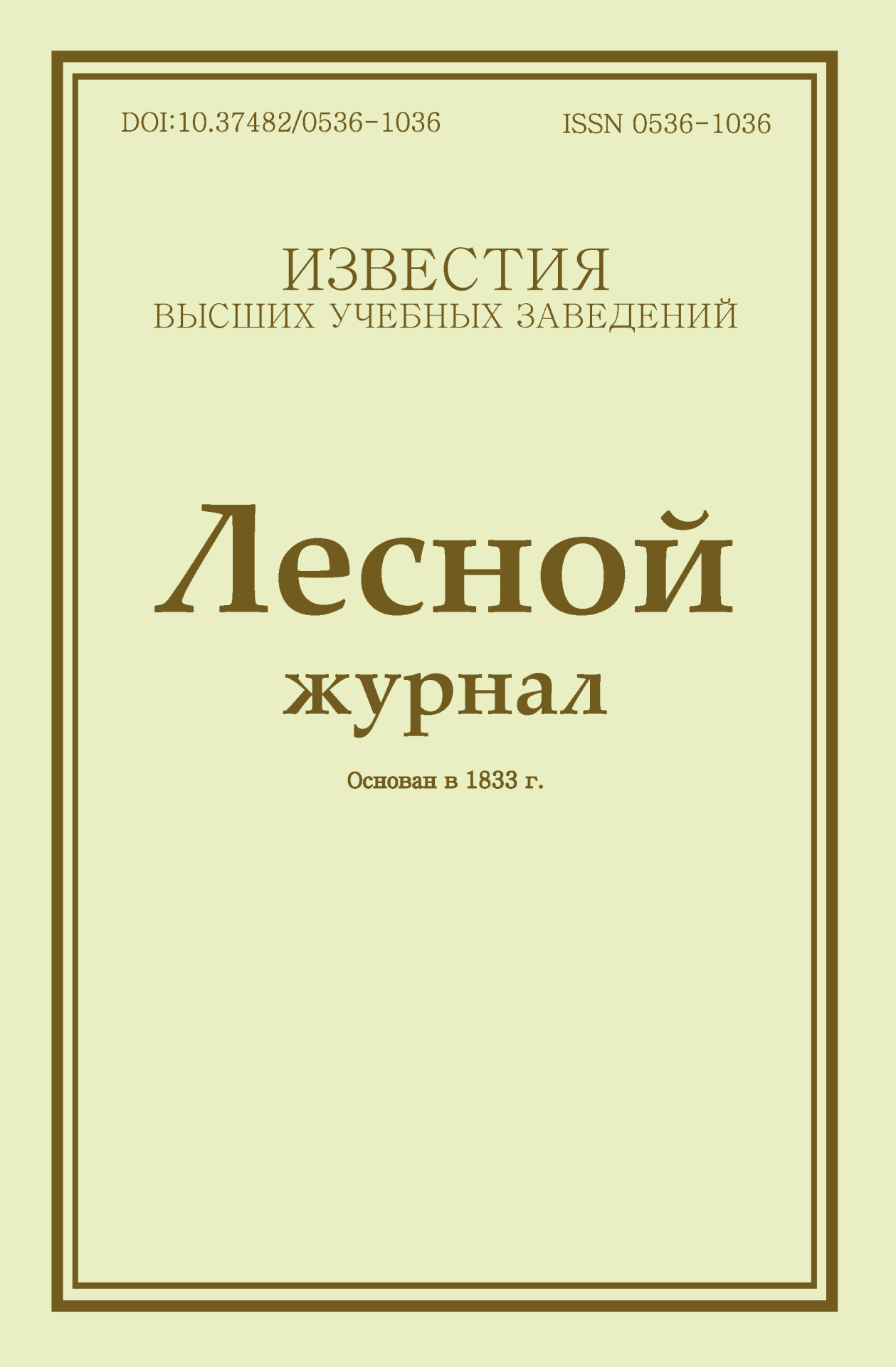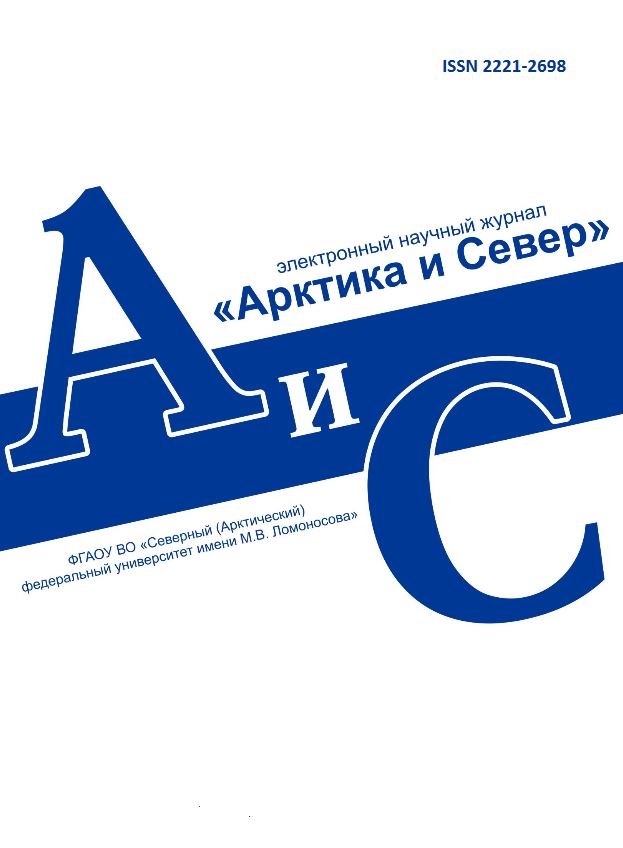
 

Legal and postal addresses of the founder and publisher: Northern (Arctic) Federal University named after M.V. Lomonosov, Naberezhnaya Severnoy Dviny, 17, Arkhangelsk, 163002, Russian Federation
Editorial office address: Vestnik of Northern (Arctic) Federal University. Series "Humanitarian and Social Sciences", 56 ul. Uritskogo, Arkhangelsk
Phone: (8182) 21-61-20, ext. 18-20
E-mail: vestnik_gum@narfu.ru
https://vestnikgum.ru/en/
|
Cognitive Phytonymic Metaphor as a Means of Describing a Person’s Appearance in Russian and Chinese Linguocultures. C. 93-101
|
 |
Section: Linguistics
Download
(pdf, 0.6MB )
UDC
81’373.612.2:811.581
DOI
10.37482/2687-1505-V337
Authors
Xu Liyun
Doctoral Candidate, School of Foreign Studies, Nanjing University (address: 163 Xianlin Avenue, Qixia District, Nanjing, 210023, Jiangsu Province, China), Russian Teacher, Nanjing Vocational Institute of Railway Technology (address: 65 Zhenzhu Road, Pukou District, Nanjing, 210031, Jiangsu Province, China).
Abstract
The article deals with the cognitive phytonymic metaphor, which forms the plant code in Russian and Chinese linguocultures. A cognitive metaphor, i.e. conceptual metaphor (G. Lakoff, M. Johnson), establishes stable correspondences between the source and the target domains, which are fixed in a linguoculture. This paper investigates the cognitive phytonymic metaphor as a way of interpreting and cognizing reality and, at the same time, as one of the most effective means of creating and representing a linguistic worldview. Considering phytonyms and the plant concepts they are naming as the source domain and the person as the target domain, the cognitive phytonymic metaphor activates a metaphorical mapping that reflects the plant code of culture as part of the coordinate system of linguocultures. The significance of analysing the cognitive mechanisms of the phytonymic metaphor lies in revealing the commonality and individuality of the national linguistic consciousness and values of the two peoples, embodied in the fragments of their linguistic worldviews. The study aimed to identify the characteristic features of the perception of the plant world by members of the Russian and Chinese national linguocultural communities. To achieve this aim, the following tasks were solved: firstly, phytonyms in the two linguocultures were studied as a means of describing a person’s external characteristics; secondly, based on phytomorphisms, a comparative analysis was performed of the cognitive mechanisms of the phytonymic metaphor in Russian and Chinese linguistic worldviews; thirdly, factors contributing to the emergence of differences between cognitive phytonymic metaphors in the two linguocultures were identified. The research concludes that, in most cases, when comparing phytonymic metaphors in the two linguocultures one will find discrepancies, including asymmetry and nonequivalence. Such factors as geographical environment, religion, history, national culture, way of thinking and hierarchy of peoples’ values can have a great influence on the formation of differences between cognitive phytonymic metaphors in the two linguocultures.
Keywords
cognitive phytonymic metaphor, phytonym, phytomorphism, comparative analysis, Russian linguoculture, Chinese linguoculture
References
- Wierzbicka A. Yazyk. Kul’tura. Poznanie [Language. Culture. Cognition]. Moscow, 1996. 411 p.
- Maslova V. Linguistic-Culture: A Russian Picture of the World. Russian Academic Translations, 2018. 236 p.
- Bogdanova L.I. Man in the Reflection of the Zoomorphic Metaphor. Lomonosov Linguist. Intercult. Commun. J., 2023, no. 2, pp. 24–40 (in Russ.). https://doi.org/10.55959/MSU-2074-1588-19-2023-2-01-02
- Lakoff G., Johnson M. Metaphors We Live By. Chicago, 1980. 242 p. (Russ. ed.: Lakoff Dzh., Dzhonson M. Metafory, kotorymi my zhivem. Moscow, 2004. 256 p.).
- Dmitrieva E.A. Metaphorization of the Trial Using War Terminology in the American and Canadian National Variants of Judicial Discourse: A Comparative Analysis. Vestnik Severnogo (Arkticheskogo) federal’nogo universiteta. Ser.: Gumanitarnye i sotsial’nye nauki, 2023, vol. 23, no. 2, pp. 47–56. https://doi.org/10.37482/2687-1505-V241
- Cherneyko L.O. Yazykovaya metafora i metaforicheskoe myshlenie [Language Metaphor and Metaphorical Thinking]. Krasnykh V.V., Izotov A.I. (eds.). Yazyk, soznanie, kommunikatsiya [Language, Consciousness, Communication]. Moscow, 2021. Iss. 63, pp. 40–61. https://doi.org/10.29003/m2524.lmc2021-63/40-61
- Sergeeva L.A. Metafora kak kognitivnyy mekhanizm formirovaniya aksiologicheskikh kontseptov [Metaphor as a Cognitive Mechanism of Forming of Axiological Concepts]. Mezhdunarodnyy zhurnal gumanitarnykh i estestvennykh nauk, 2017, no. 12, pp. 163–166.
- Khong Thu Hien. Frazeologicheskie edinitsy s nazvaniyami rasteniy v russkoy natsional’noy kartine mira [Idioms with the Names of Plants in the Russian National Worldview]. Vestnik Voronezhskogo gosudarstvennogo universiteta. Ser.: Lingvistika i mezhkul’turnaya kommunikatsiya, 2017, no. 2, pp. 114–117.
- Teliya V.N. Russkaya frazeologiya. Semanticheskiy, pragmaticheskiy i lingvokul’turologicheskiy aspekty [Russian Phraseology. Semantic, Pragmatic and Linguocultural Aspects]. Moscow, 1996. 288 p.
- Bogdanova L.I. Rastitel’nyy kod russkoy kul’tury: parametry otsenki cheloveka [The Plant Code of Russian Culture: Assessment Parameters for Humans]. Molchanova G.G. (ed.). Kommunikativnye kody v mezhkul’turnom prostranstve kak sredstvo formirovaniya obshchegumanitarnykh kompetentsiy cheloveka novogo pokoleniya [Communication Codes in the Intercultural Space as a Means of Developing General Humanities Competencies of a New Generation of People]. Moscow, 2023, pp. 58–67. https://doi.org/10.31453/kdu.ru.978-5-7913-1313-3-2023-702
- Musaeva O.I. Floristicheskaya metafora kak fragment natsional’noy kartiny mira (na materiale russkogo i ispanskogo yazykov) [Floristic Metaphor as a Fragment of the National Worldview (Based on the Russian and Spanish Languages): Diss.]. Voronezh, 2005. 203 p.
- Dement’eva A.G. Kognitivnye osnovy formirovaniya perenosnykh znacheniy fitonimov (na materiale angliyskogo, russkogo i frantsuzskogo yazykov) [Cognitive Foundations of the Formation of Figurative Meanings of Phytonyms (Based on the English, Russian and French Languages): Diss.]. Tambov, 2012. 185 p.
- Garbuio I. Floristicheskaya metafora v russkom i ital’yanskom yazykakh [Plant Metaphors in the Russian and Italian Languages]. Izvestiya Ural’skogo federal’nogo universiteta. Ser. 2: Gumanitarnye nauki, 2015, no. 3, pp. 218–227.
- Pankova T.N., Varfolomeeva N.S. Osobennosti floristicheskoy metafory v fitonimicheskoy kartine mira (na materiale russkogo i angliyskogo yazykov) [Specific Features of Florist Metaphor in the Phythonymic Picture of the World (on the Material of Russian and English Languages)]. Sovremennaya nauka: aktual’nye problemy teorii i praktiki. Ser.: Gumanitarnye nauki, 2021, no. 10-2, pp. 88–92. https://doi.org/10.37882/2223-2982.2021.10-2.16
- Mikhaylova O.A., Li Wenlu. Metafora v russkikh i kitayskikh frazeologizmakh so znacheniem “vneshnost’ cheloveka” [The Metaphor in the Russian and Chinese Phraseological Units with the Meaning “a Person’s Appearance”]. Filologicheskie nauki. Voprosy teorii i praktiki, 2016, no. 5-2, pp. 117–120.
- Morgun V.G. Zoomorfnaya metafora chelovek-loshad’ (na materiale idiom kitayskogo, angliyskogo i russkogo yazykov) [Zoomorphic Metaphor Man-Horse (Based on Idioms of Chinese, English, Russian Languages)]. Sinologiya v XXI v. [Sinology in the 21st Century]. Ulan-Ude, 2022, pp. 221–225. https://doi.org/10.18101/978-5-9793-1802-8-2022-221-225
- Zhang Hong. Natsional’no-kul’turnye konnotatsii otzoonimnykh prilagatel’nykh, metaforicheski kharakterizuyushchikh glaza cheloveka v russkom i kitayskom yazykakh [National and Cultural Connotations of Zoological Adjectives Metaphorically Characterizing Human Eyes in Russian and Chinese]. Kul’tura i tekst, 2022, no. 3, pp. 178–187. https://doi.org/10.37386/2305-4077-2022-3-178-187
- Gavrilyuk M.A. Vneshnost’ cheloveka cherez prizmu zoomorfnoy metafory v russkom i kitayskom yazykakh [Human Appearance Through the Lens of Zoomorphic Metaphors in Russian and Chinese]. Filologicheskie nauki. Voprosy teorii i praktiki, 2023, vol. 16, no. 9, pp. 2752–2758. https://doi.org/10.30853/phil20230431
- Xu Zhengyu. Sopostavlenie zoomorfnykh metaforicheskikh nominatsiy kitayskogo i russkogo yazykov (na materiale basen I.A. Krylova i ikh perevodov na kitayskiy yazyk) [Comparison of Zoomorphic Metaphorical Names in the Chinese and Russian Languages (Based on I.A. Krylov’s Fables and Their Chinese Translations): Diss.]. Moscow, 2023. 168 p.
|
Make a Submission











Journal of Medical and Biological
Research

Forest Journal

Arctic and North


|







